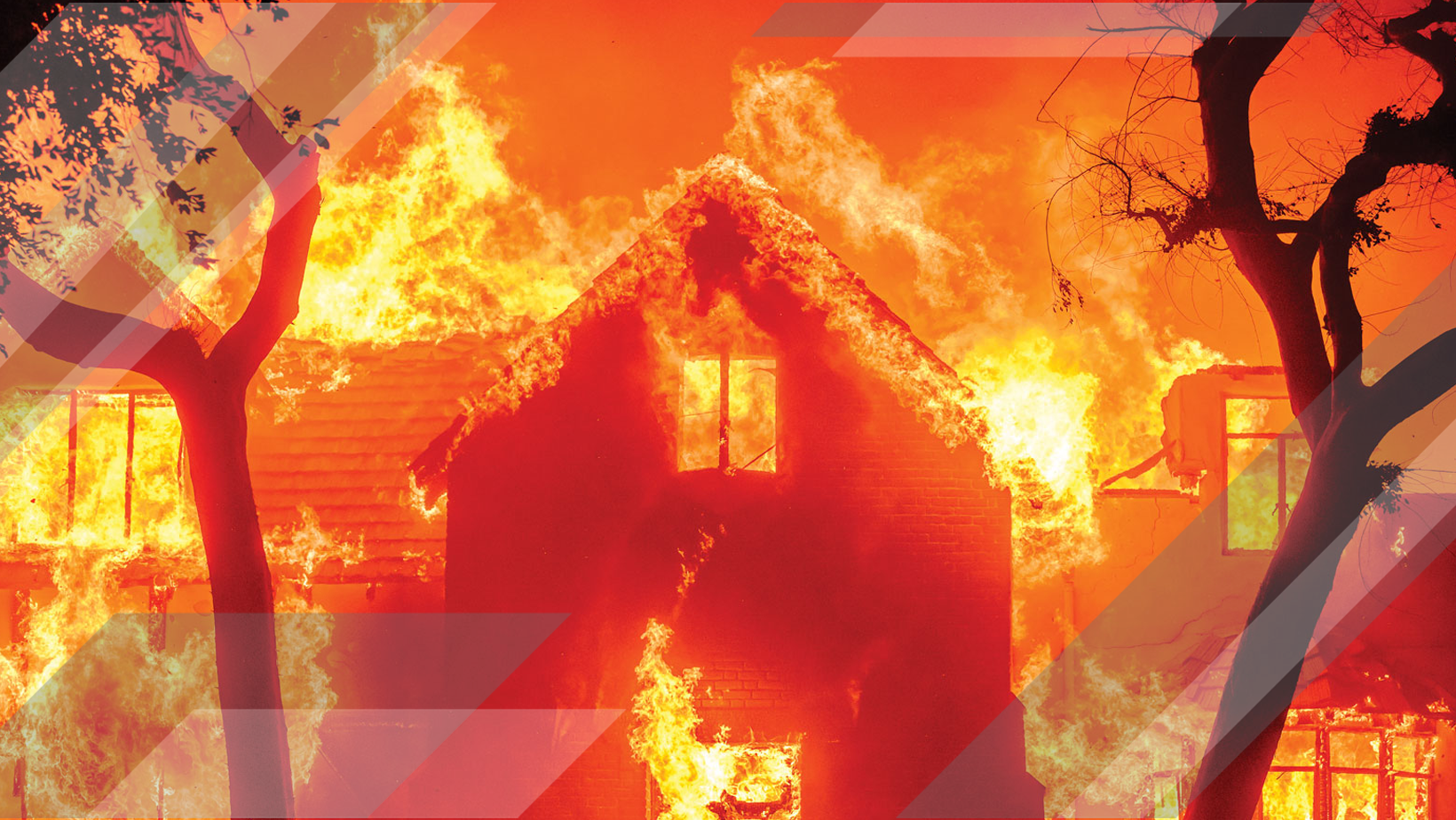California FAIR Plan Proposes 35.8% Average Rate Hike for Fire-Exposed Homeowners
California’s FAIR Plan Faces Major Rate Hikes: What It Means for the Insurance Industry
The California FAIR Plan — the state’s insurer of last resort for homeowners in wildfire-prone areas — is bracing for a seismic shift. The plan has proposed an average statewide premium increase of 35.8%, with some areas seeing rates surge by as much as 50.9%. For an already strained market, this signals more than a financial adjustment. It’s a vivid illustration of the state’s escalating battle with climate-driven risk and the ripple effects on insurance markets.
“These rate increases reflect not only higher wildfire claim costs but the growing complexity of underwriting in California’s changing risk landscape.”
— Insurance Industry Analyst, Sacramento
The Price of Protection
In wildfire-impacted regions like Santa Cruz County, the proposed hikes could hit hard. A homeowner in Boulder Creek who rebuilt after the 2020 CZU Lightning Complex Fire currently pays around $14,200 annually for FAIR Plan coverage. Under the new proposal, that figure could soar past $21,700 once other coverage components are included.
The disparities across the region are striking. While areas like Davenport may only see increases of around 9%, others, including Brookdale, face hikes exceeding 50%.
For many homeowners, these changes aren’t just numbers on a renewal notice. They represent tough financial choices — cutting back on discretionary spending, deferring repairs, or scaling down coverage altogether.
Why the FAIR Plan Is Feeling the Heat
The FAIR Plan’s structure has always been narrow: it primarily covers fire damage, requiring policyholders to purchase separate policies for other perils. As private insurers withdraw from high-risk markets, more homeowners have turned to FAIR, swelling the pool and intensifying strain on its risk models.
For insurers and brokers, this development underscores a broader trend — the collision between climate volatility and traditional underwriting. The frequency and intensity of wildfires have driven claim costs to unprecedented levels, while reinsurance rates and capital costs have climbed in tandem.
The Broader Impact on California’s Insurance Market
The proposed rate hikes are currently under review by the California Department of Insurance, with a tentative implementation date of April 1, 2026, for renewals. But even if regulators temper the final numbers, the underlying message is clear: the cost of insuring high-risk properties is rising faster than many Californians can manage.
For the insurance industry, several implications stand out:
-
Market Capacity: As FAIR absorbs more policyholders, private insurers may continue to limit exposure, deepening the coverage gap.
-
Policy Affordability: Higher rates risk pricing out lower-income and fixed-income residents, prompting regulatory scrutiny.
-
Risk Modeling: The need for more granular data and predictive tools is intensifying.
-
Public Perception: Consumers’ frustration with rising rates could erode trust in both public and private insurers.
“We’re seeing the front lines of a national issue: how to maintain viable insurance markets in the face of climate risk.”
— Risk Management Consultant, Los Angeles
Looking Ahead: A Balancing Act
The FAIR Plan’s proposed adjustments highlight the difficult balance regulators face — maintaining solvency while ensuring accessibility. For insurers, it’s a wake-up call to innovate beyond traditional risk transfer models.
Whether through advanced catastrophe modeling, public-private partnerships, or new mitigation incentives, the industry’s response will shape the next phase of California’s insurance landscape.
The conversation about the FAIR Plan’s rate hike is ultimately a reflection of something much larger: a state — and an industry — rethinking what it means to manage risk in a warming world.


